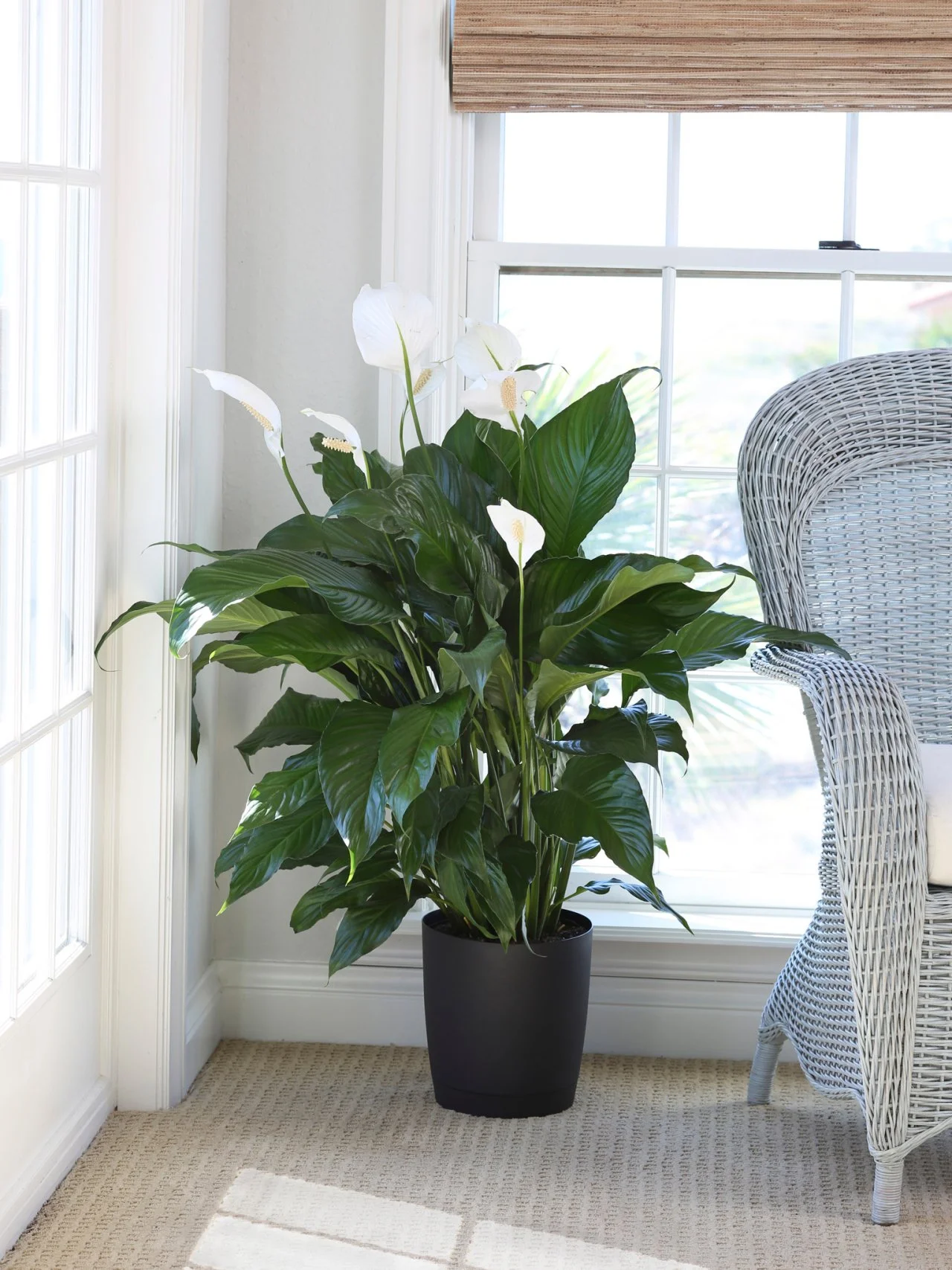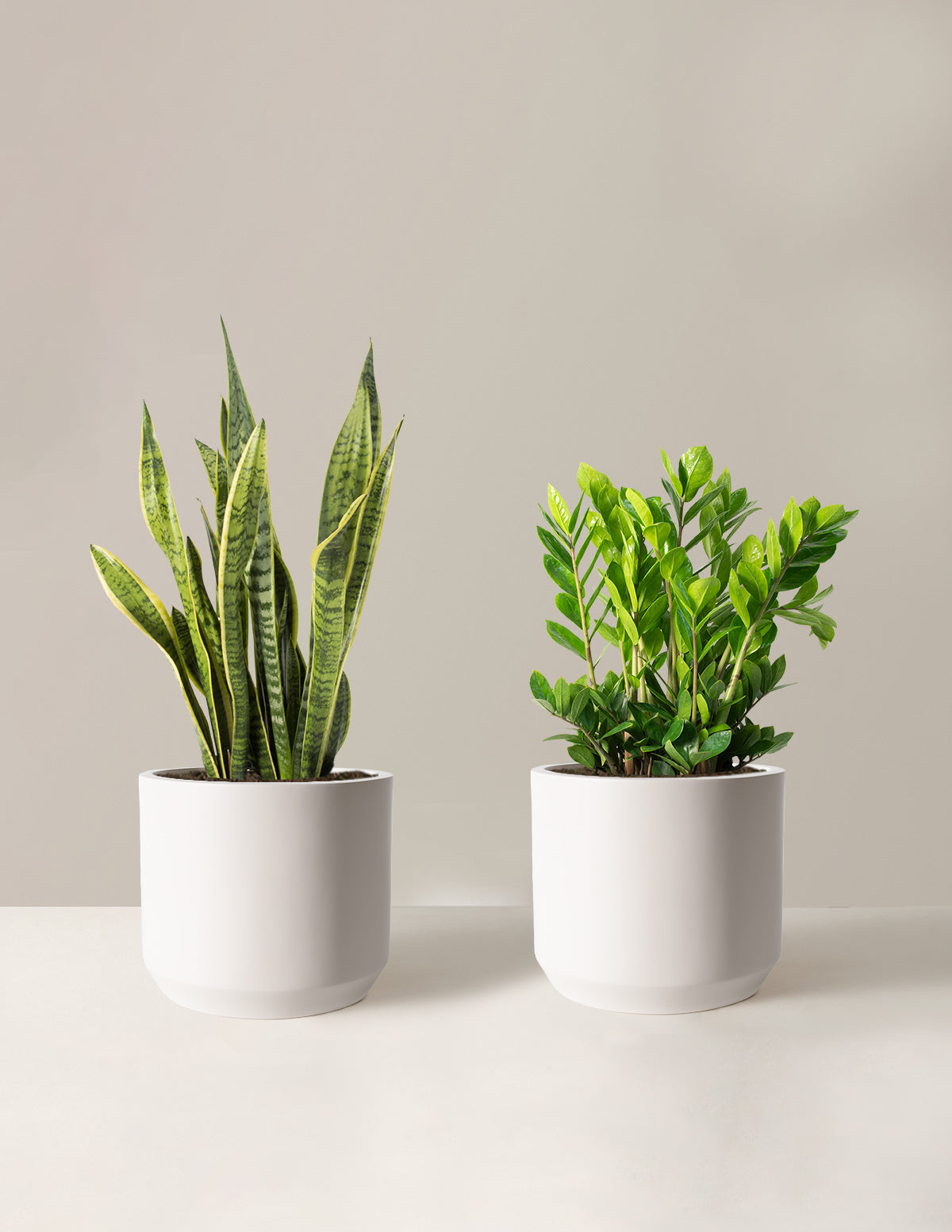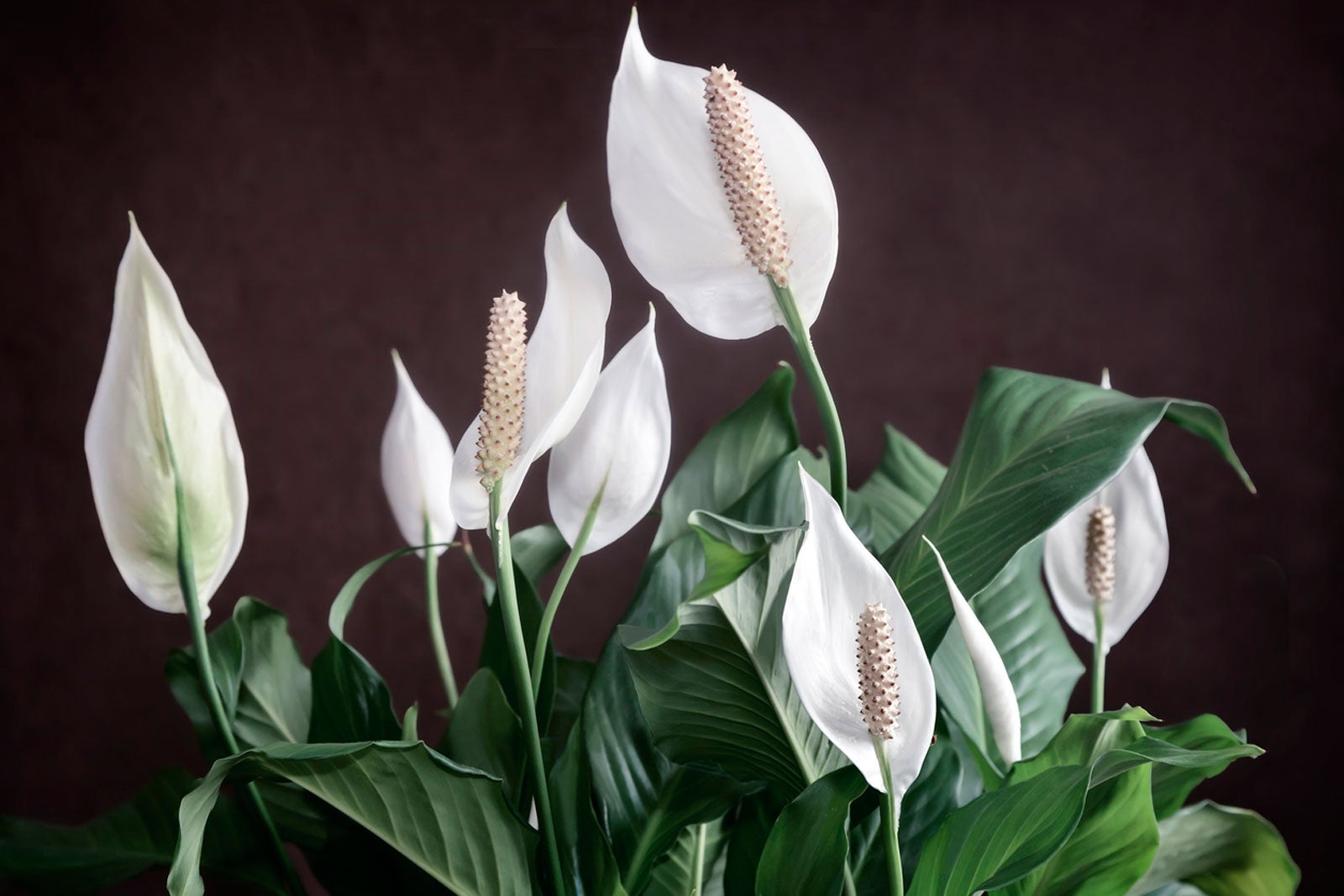Top 10 Best Low-Light Indoor Plants for Dark Rooms and Apartments
Top 10 Best Low-Light Indoor Plants for Dark Rooms and Apartments
Blog Article
Transform Your Home With Beautiful Low-Light Indoor Plants and Their Advantages
Integrating low-light indoor plants right into your home can dramatically improve both the ecological and aesthetic top quality of your home. These plants, which prosper in dim problems, serve not just as decorative aspects however also as natural air purifiers, making them optimal for city dwellers or those with restricted sunlight direct exposure. As we check out the different types of low-light plants and their advantages, you might locate surprising methods to integrate them right into your home that can change your environments in means you may not have prepared for.
Benefits of Low-Light Plants
Low-light plants supply numerous advantages for interior settings, making them a superb choice for both novice and skilled garden enthusiasts. One of the primary benefits is their versatility to low-light problems, permitting people to enhance their home without the requirement for comprehensive sunshine direct exposure. This particular makes them suitable for homes, workplaces, and other areas with limited natural light.

Moreover, integrating low-light plants right into home decor can elevate the aesthetic appeal of a space. Their lush foliage and differed textures create a soothing atmosphere, adding to total well-being. The presence of plant has been linked to lowered stress degrees and improved performance, making low-light plants a practical option for enhancing both mental and physical wellness in indoor settings.
Leading Low-Light Indoor Plants
While several indoor plants prosper in brilliant light, a number of types are specifically well-suited for low-light conditions, making them optimal for numerous indoor spaces. One prominent choice is the Serpent Plant (Sansevieria), known for its striking upright leaves and resilience, needing marginal treatment. An additional excellent choice is the Pothos (Epipremnum aureum), which includes heart-shaped fallen leaves and can track perfectly from wall mounts or shelves, prospering in low light and adding a lush touch.
The ZZ Plant (Zamioculcas zamiifolia) is commemorated for its shiny fallen leaves and capacity to stand up to overlook, making it perfect for active way of livings. Similarly, the Tranquility Lily (Spathiphyllum) not only endures reduced light yet additionally generates sensational white flowers, enhancing any type of space's aesthetic.
For an unique touch, take into consideration the Cast Iron Plant (Aspidistra elatior), which certainly meets its name, growing in the darkest corners of your home. The Chinese Evergreen (Aglaonema) uses a variety of fallen leave patterns and colors while being remarkably flexible in low-light problems. These plants not only enhance indoor atmospheres yet also add to air filtration, enhancing your home.
Treatment Tips for Low-Light Plants

Watering methods are important; these plants commonly prefer slightly dry problems. Overwatering can cause root rot, so guarantee that the leading inch of soil is completely dry before watering once more. Usage pots with drainage holes to enable excess wetness to run away.
Humidity is another important element. Numerous low-light plants, such as brushes and tranquility lilies, take advantage of greater moisture levels. To boost moisture, consider misting the leaves or positioning a tray of water near the plants.
Fertilization must be approached with caution. During the growing period, make use of a watered down, balanced fluid fertilizer on a monthly basis to support growth, but stay clear of fertilizing throughout the dormant cold weather.

Creative Ways to Display Plants
Indoor plants can act as fascinating prime focus in any type of space, boosting both aesthetic appeal and ambiance. Imaginative display screens can elevate the aesthetic influence of low-light plants, making them an important component of your home decor. One effective method is to use tiered plant stands, which allow you to showcase numerous plants at differing elevations while making best use of flooring room.
Hanging planters are an additional ingenious alternative, producing a feeling of deepness and drawing the eye up. Consider macramé hangers or wall-mounted shelves to introduce an unique appearance and design.
For an extra structured method, use geometric terrariums or glass containers to house your plants, adding a modern-day touch to your interior yard. You can likewise repurpose vintage items, such as teacups or wooden pet crates, for a diverse display that reflects your personality.
Enhancing Home Atmosphere With Plants
Integrating low-light plants into your home not just boosts aesthetic allure however likewise contributes dramatically to the overall atmosphere. These plants work as all-natural design aspects, introducing a sense of harmony that can transform any kind of room. The presence of plant cultivates a relaxing environment, which is especially valuable in high-stress settings such as home offices or living rooms.
Low-light plants, such as serpent plants, pothos, and ZZ plants, are not just cosmetically pleasing however likewise enhance indoor air quality by filtering pollutants. This dual function enhances the atmosphere additionally, producing a healthier living space (Best low-light indoor best site plants). The strategic placement of these plants can likewise affect the assumption of space; as an example, high plants can draw the eye up, making ceilings show up higher and rooms extra roomy
In addition, varying textures and colors of foliage include depth to interior decoration, enabling creative expression in home designing. Whether positioned on shelves, in corners, or as centerpieces, low-light plants can raise the state of mind of any kind of space. In summary, integrating these plants right into your home is a reliable way to foster a warm, inviting ambience while reaping the advantages of improved air high quality and aesthetic versatility.
Verdict
Including low-light indoor plants into home settings offers many benefits, including boosted aesthetic appeal and improved air quality. These durable plants, such as the Serpent Plant and Tranquility Lily, require minimal light and upkeep, making them appropriate for varied lifestyles. Their capability to filter pollutants contributes to a healthier space, while their diverse structures and shades enrich interior decoration (Best low-light indoor plants). Inevitably, the inclusion of low-light plants promotes a tranquil and welcoming ambiance, transforming any type of home right into a tranquil sanctuary.
While many indoor plants prosper in brilliant light, numerous types are particularly appropriate for low-light problems, making them ideal for different interior spaces. One efficient technique is to use tiered plant stands, which allow you to display several plants at differing heights while taking full advantage of floor space.
Low-light plants, such as serpent plants, pothos, and ZZ plants, are not only cosmetically pleasing yet also enhance interior air high quality by filtering see here pollutants. Best low-light indoor plants. The critical positioning of these plants can also affect the understanding of room; for instance, tall plants can attract the eye upward, making ceilings appear greater and areas much more large
These resilient plants, such as the Snake Plant and Peace Lily, call for minimal light and maintenance, making them appropriate for varied lifestyles.
Report this page